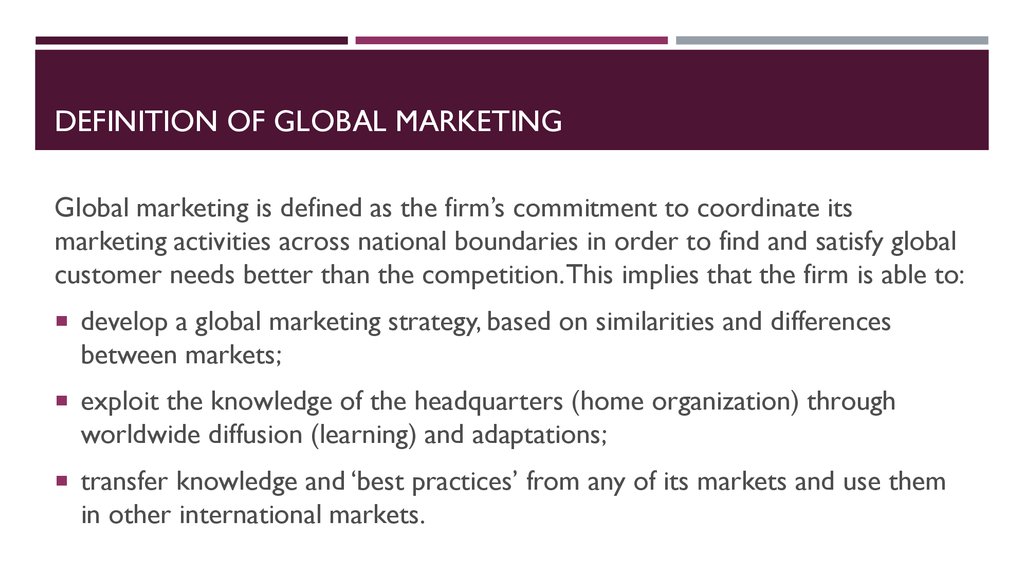


With equity financing, this risk is lower, as the company doesn't have to make regular payments to pay off what has been borrowed. Risk of default: With debt financing, because it is essentially a loan, there is a risk of default if the financial obligations are not met.

With debt finance this expertise and knowledge tends to be limited, as firms are not exposed to the same investor pool as with equity financing. Investor expertise: With equity finance businesses may be able to gain the expertise of large investors, who can bring a wealth of knowledge, contacts and resources. With debt financing a company is not required to give up its stock, but with equity financing it will have to renounce some control or ownership in the organisation.
#DEFINE FINANCE MIX STRATEGY PLUS#
The borrower agrees to pay back the principal amount borrowed plus interest over a specified period of time.īelow are key features and differences of equity and debt financing.ĭilution: Dilution refers to a reduction in the ownership percentage of existing shareholders in a company due to the issuance of new shares. The majority of companies will use a combination of both, but there are some distinct differences between the two.Įquity financing involves raising capital by selling ownership stakes in the company to investors, such as through initial public offerings ( IPOs), private equity, or venture capital.ĭebt financing involves borrowing money from lenders or bond investors, such as banks, or other financial institutions. The first is equity financing and the second is debt financing. In order to raise capital for business needs companies have two types of financing. This can help in determining whether a stock is under or overvalued. By understanding the theory, they can determine the optimal capital structure for a company and calculate its theoretical value. The trade-off theory of capital structure can help traders and investors to evaluate the valuation of a stock as part of fundamental analysis. The theory argues that companies should determine the optimal mix of debt and equity financing that balances the benefits and costs of each source, taking into account factors such as the company's risk profile, expected future cash flows, and the tax implications of each source of financing. They later refined the theory to include factors such as taxation and bankruptcy costs, which led to the development of the trade-off theory of capital structure. In its embryonic state the theory was introduced by economists Franco Modigliani and Merton Miller, published in the American Economic Review in 1958 titles ad “ The Cost of Capital, Corporation Finance and the Theory of Investment”. Trade-off model of capital structure explained
#DEFINE FINANCE MIX STRATEGY FREE#
There are several other theories for capital structure, including the pecking order theory, signalling theory, market timing theory, agency theory, and free cash flow theory. The trade-off theory states that the optimal capital structure is a trade-off between interest tax shields and cost of financial distress.Ĭompanies may use debt financing to access funds quickly and at a lower cost of capital, but equity financing provides more flexibility and control over ownership. The optimal capital structure may differ for each company depending on factors such as industry, business risk, and tax environment.

The trade-off model of capital structure is a financial theory that suggests that a company should balance the costs and benefits of various sources of financing, such as debt and equity, in order to achieve an optimal capital structure.


 0 kommentar(er)
0 kommentar(er)
